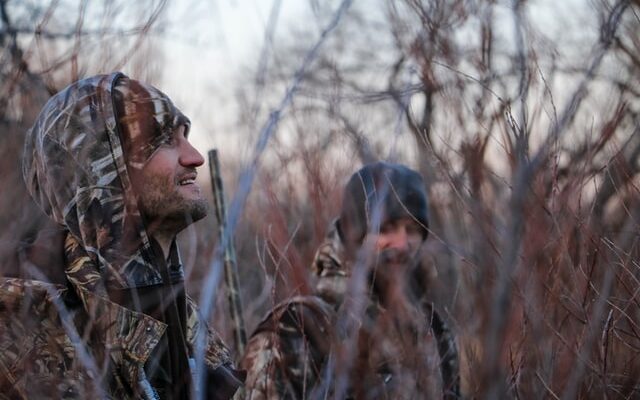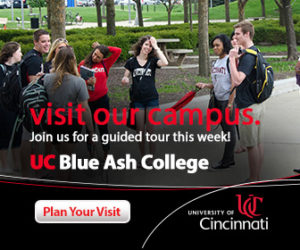Hunters do not hunt just because they like being in the outdoors and enjoy venison and other wild meats. They are hunters because they like to help the local ecosystem and help the conservation of wildlife. With the surrounding hunters working together, they are able to help the local wildlife and secure places for them to live.
Hunters and conservationists in the Butler County area have learned to work alongside each other to create the same vision: space for wildlife to live. Many of the people in the group have hunted for the majority of their life and began when they were young. They hunt for many different animals including: deer, squirrel, turkey, coyote, rabbit, pheasant, and mourning dove. Hunting is a great way to enjoy the outdoors and the nature in it.
Hunting is fun but also important for population control and for the ecosystem. Hunting is considered conservation work. The reason for this is because hunters help control the population of animals so there is a nice balance in the ecosystem. One main species that is being managed very well right now is the white tail deer. The white tail deer is also a good example of why it’s important for having game limits when hunting. This means there is a certain limit for the amount of animals people are able to harvest. In the 1950s, there was close to zero white tail deer in Ohio because there was no limit to how many deer people were able to harvest, and they almost wiped out the whole population in Ohio.
When hunters buy their license, the Ohio Department of Natural Resources (ODNR) uses that money to support the local wildlife and for conservation purposes. One example for how the money is being put to use is that ODNR uses that money to make food plots, which are fields planted with corn and winter wheat specifically for wildlife to consume. More people buying licenses means more food plots and nature reservations.
A good example of the importance of controlling the population of wildlife occurred in Yellowstone National Park when the whole population of wolves got hunted to extinction. When this happened, the population of elk, bison, and deer increased tremendously. As the populations increased, the pastures and meadows became over-grazed and killed grass and many tree saplings which reduced the amount of repopulating trees in the future. As many trees began to die, the beavers, with no predators anymore, began to populate tremendously also and increased the amount of dams being built. This began to affect the river system and flooded the majority of the land and valleys in the park. When the wildlife officers noticed the dramatic change in the ecosystem they realized the importance of the predators and maintaining the population of prey.
One way that the hunters stay in touch is through Facebook groups. There are many spread out through the country and usually separated by different counties. Hunters will usually post how their hunting is going this season, if they need help planting food crops, or if they have any questions. One example of how hunters and conservationists work together is through a program named, Pheasants Forever, which is a program that is directed towards creating habitat for pheasants and trying to bring back the population. The way they stay in contact is through their own website and a Facebook group. This gives the hunters a sense of community amongst each other although it is online.
By Isaac Lloyd Activist writer.


